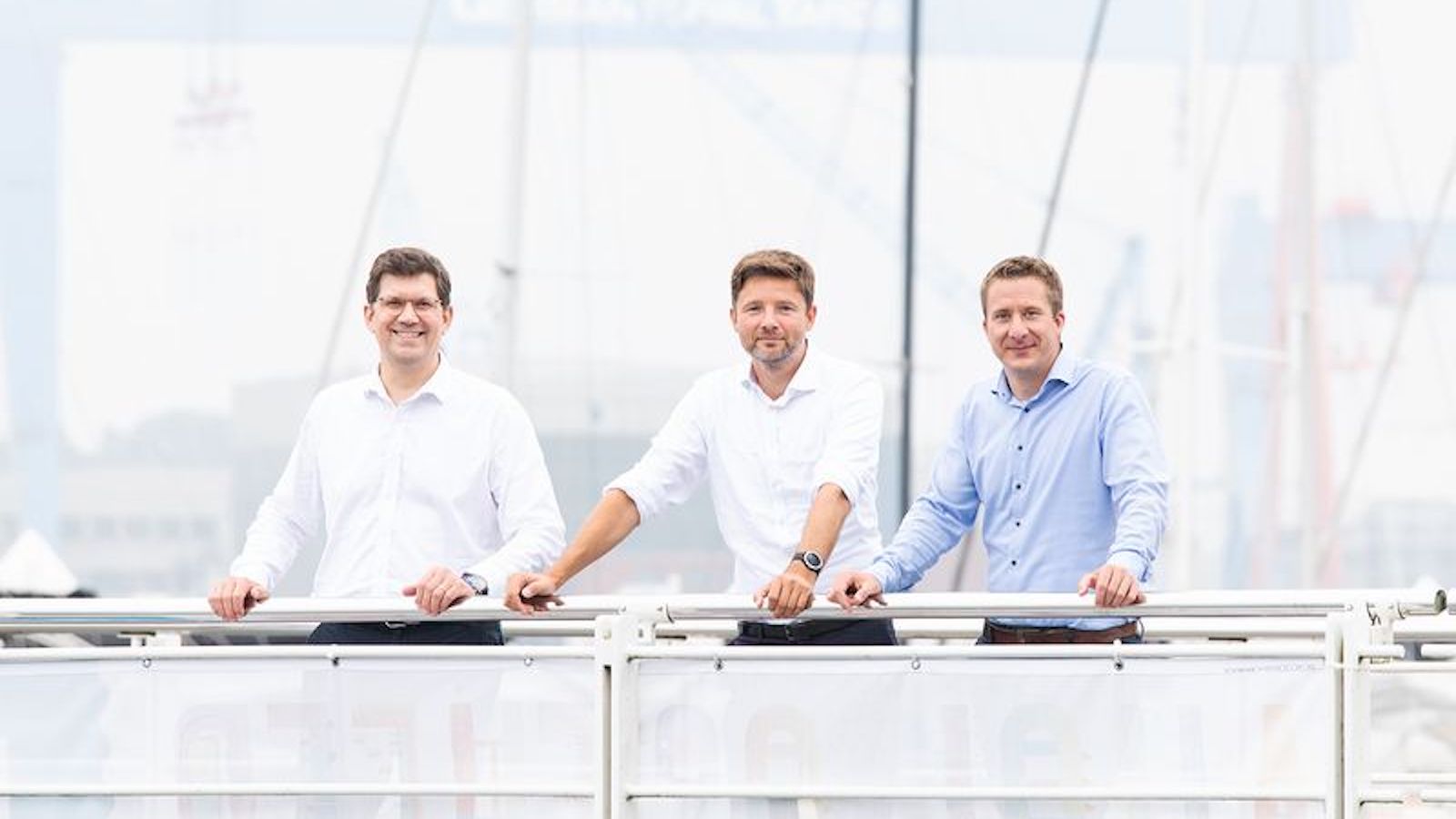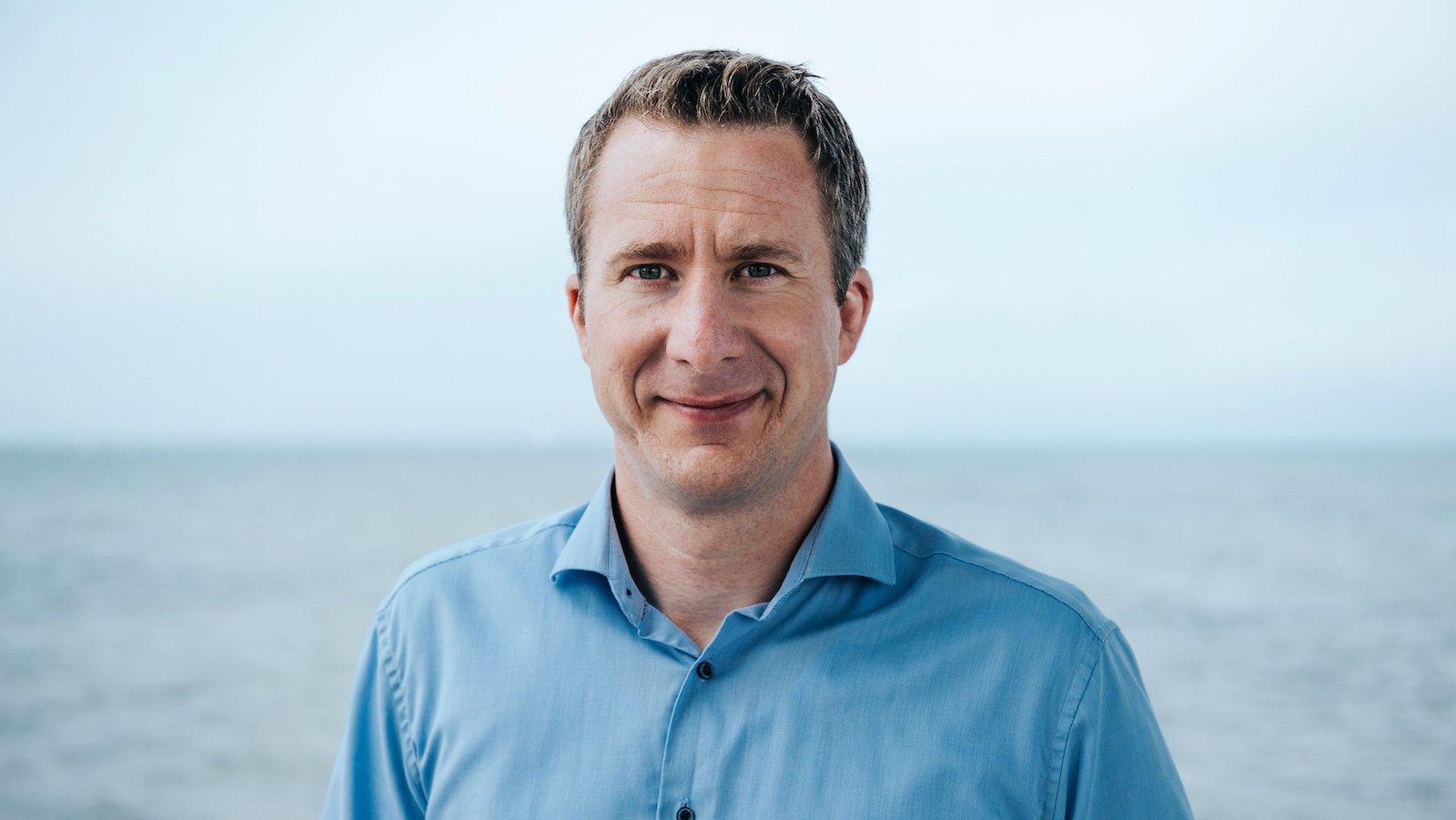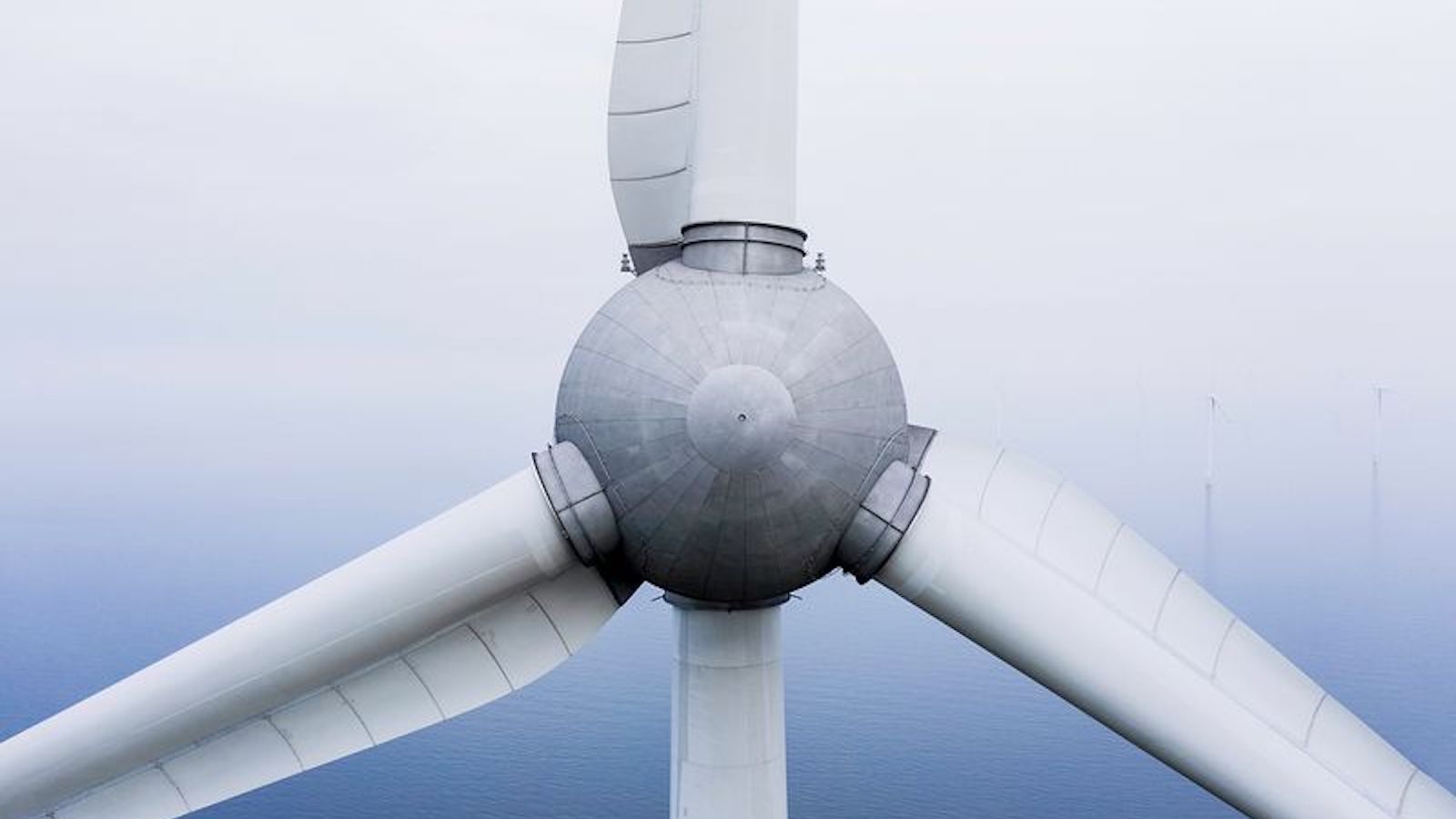TrueOcean & GABLER: Driving Marine Digital Transformation Together
Kiel. GABLER Naval Technology, a company of the Lübeck-based management holding L. Possehl & Co. mbH, is acquiring a 24.9% stake in TrueOcean GmbH....
The marine industry is facing an unprecedented decade: digital technologies promise progress in the development of offshore wind power and the protection of marine habitats. But the dawn of the data age is failing because of silo thinking and the high cost of marine data. The software company TrueOcean from Kiel wants to overcome the biggest hurdles for the digitalization of the “blue economy” with its own data platform.
In the face of species extinction and climate change, the United Nations has declared the current decade the Decade of Oceans for Sustainable Development. Mankind will only achieve its 1.5-degree target by massively expanding offshore wind power and removing CO2 from the atmosphere, for example by cultivating seagrass beds. New technologies such as autonomous offshore drones and robotic ships promise to speed up site exploration and reduce project costs. But urgency and technological progress are coming up against an industry that has had little connectivity.
For many decades, the traditional players on the high seas kept to themselves: fishing fleets, resource companies, research institutes, navies and shipowners. They have been gathering knowledge about the oceans since time immemorial, but until now, each to his own. Today, no region of the world is less explored. Only twenty percent of the seafloor has been mapped at all, and even less is sufficiently resolved for economic and scientific applications.
With a data platform in the cloud, TrueOcean, a startup founded in 2019, wants to pave the way for the blue industry to enter the data age. The goal: not only to simplify and accelerate the storage, processing, analysis and exchange of data. In the end, the founders want to noticeably reduce the marginal costs per data set. This is the only way to make modern approaches to robotics, artificial intelligence, and real-time processing economically viable. With its platform, TrueOcean addresses three central problems of big data in marine projects.
The five seas may all be connected, but the data of marine industries is not. Their owners hoard data assets in isolated data lakes and on local servers. Exchange is done cumbersomely over land, not infrequently still by mailing hard drives!
One reason: Collecting sensor data is expensive. To explore the seabed, wind farm operators send measurement engineers (geo survey) on special ships to the continental shelf. Such an undertaking costs several tens of thousands of euros - per day. Nobody gives away such data.
Another reason: the sheer volume of data. Even for the basic model of the seabed beneath a wind farm site, 10 terabytes of data are generated (1 terabyte corresponds to 1,024 gigabytes). Much more data is added during a turbine life cycle. To constantly transfer such volumes of data would be time-consuming and expensive, even with fiber optic lines.
Even more so if their owners store the data in a cloud. A cloud is excellent as a central storage location. But without specialized applications, the data must be downloaded again from the cloud for processing. Each data transfer costs high fees from the cloud provider and time.
TrueOcean pushes into this gap with its platform. The start-up from Kiel's Science Park, just a stone's throw from the Unicampus, has built a central data cloud for the blue economy. The platform offers industry-specific tools to store, manage and share sensor and metadata with partners. The goal is to break down data silos and make operational data available to all marine project stakeholders on one platform.
To extract information from sensor data, the context and technical parameters of each measurement must be stored, such as the frequency range for sonar measurements (metadata). Until now, highly paid experts have reviewed and sorted raw and metadata by hand. Such refinement processes could not be automated until now.
Different sensor types produce different file formats. Reading them requires the appropriate specialized software, for which additional license fees are incurred. Most of these programs have to be installed on a local PC or can be used as web applications via the software manufacturer's website. The rapidly growing data volumes lead to computing times of days and sometimes weeks for these systems.
Because preparing the data is so time-consuming, each data owner only tailors his or her inventories to his or her own needs and questions. The result: data quality is lacking for cooperative use, let alone for marketing to third parties.
The TrueOcean platform creates a unified database by converting all raw data into a universal open-source format. This eliminates the need for expensive specialized software to read the data. So do data transfers to refine the data. Thanks to a uniform output format, processes for quality control and sorting can finally be automated.
The last and most important value creation stage extracts information from raw data: through analysis. Because each data format requires its own specialized software, the focus of analysis is necessarily limited to one or a few data sources. The fragmented data management makes the use of modern methods such as Big Data, real-time analyses and machine learning almost impossible. At the same time, innovation and surprising insights are only created by recombining data.
In the TrueOcean cloud, customers no longer need to transfer their raw data to local specialized software for analysis. In the future, the platform will deliver all the necessary specialist applications at the same time. Analysis modules can be booked as software as a service, for example, generic statistics modules, visualization filters or interactive maps with geolocations, right through to complex, AI-based processes that are becoming increasingly powerful as the volume and quality of data grows and can also be transferred to other use cases.
The platform will soon be able to integrate third-party analysis methods via a marketplace. A so-called "WorkFlow Engine" enables users to contribute their own algorithms for data analysis and use them in the cloud.
With data platforms like TrueOcean, marine players are not only reducing costs and time spent on internal project workflows. Industry-specific clouds also finally create the basis for data-based cooperation with business partners. Companies gain fast and cost-effective access to the latest software technology without having to buy licenses and operate their own systems for every use. In the long term, TrueOcean's founders plan to expand their platform into a data marketplace, thus creating a basis for data-based business models. In the decade of the oceans, a shared data space could thus give a decisive boost to the digitization of the entire marine economy.

Kiel. GABLER Naval Technology, a company of the Lübeck-based management holding L. Possehl & Co. mbH, is acquiring a 24.9% stake in TrueOcean GmbH....

In the fast-paced world of offshore energy, "the need for cost efficiency, increasing time pressure and the availability of experts is what keeps...
.jpg)
Kiel, Germany. After more than three years of intensive collaboration, the Marispace-X project—initiated by north.io, co-funded by the German Federal...

The Situation: Managing Underwater Sensor Data Offshore wind developers and survey companies operate in a highly competitive and data-sensitive...
